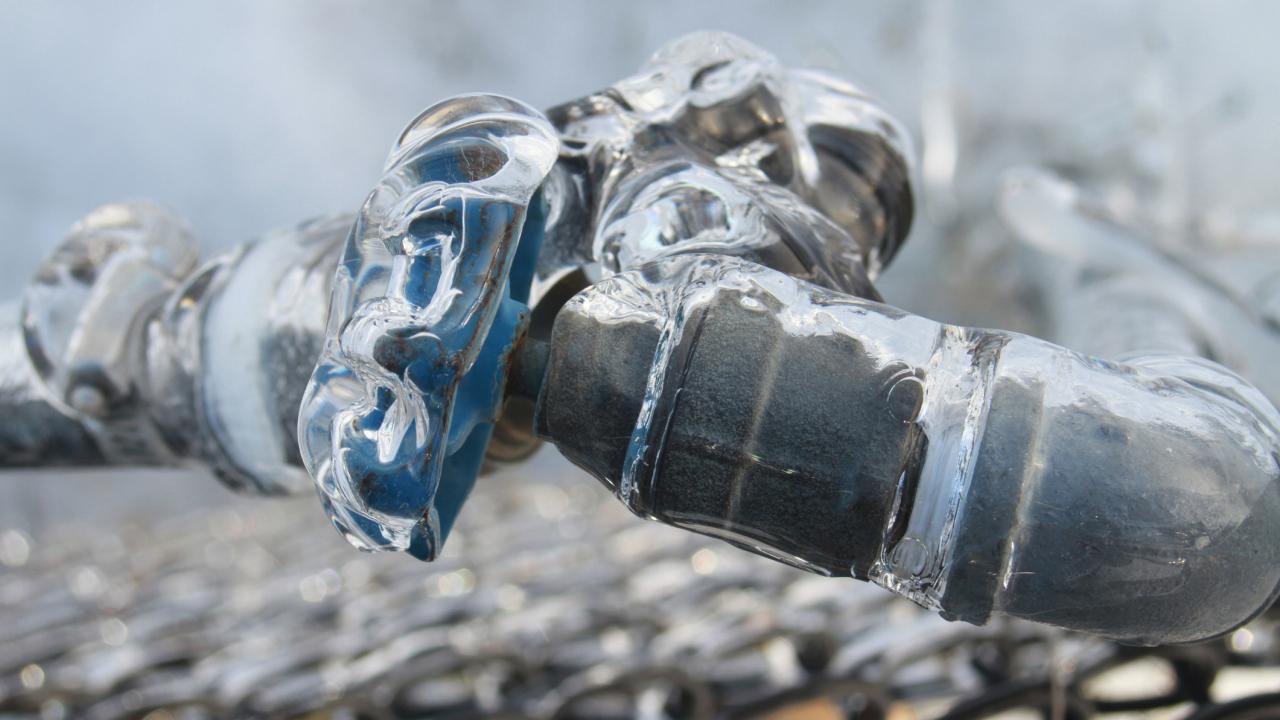Important Advice for Avoiding Frozen Pipes in Winter Conditions
Important Advice for Avoiding Frozen Pipes in Winter Conditions
Blog Article
How do you feel with regards to Preventing and dealing with frozen pipes?

Winter can damage your plumbing, specifically by freezing pipes. Right here's how to stop it from taking place and what to do if it does.
Introduction
As temperatures drop, the threat of icy pipes rises, possibly bring about expensive repairs and water damages. Recognizing how to avoid frozen pipes is essential for home owners in cool environments.
Comprehending Icy Pipes
What creates pipes to freeze?
Pipelines ice up when revealed to temperature levels below 32 ° F (0 ° C) for extended durations. As water inside the pipelines ices up, it broadens, putting pressure on the pipe wall surfaces and potentially creating them to burst.
Threats and problems
Icy pipes can bring about supply of water interruptions, residential or commercial property damages, and costly repairs. Ruptured pipelines can flood homes and cause comprehensive structural damages.
Indicators of Frozen Pipeline
Determining frozen pipelines early can stop them from breaking.
How to determine icy pipes
Search for lowered water flow from faucets, uncommon smells or noises from pipes, and visible frost on exposed pipelines.
Prevention Tips
Shielding prone pipelines
Wrap pipes in insulation sleeves or make use of heat tape to secure them from freezing temperature levels. Focus on pipelines in unheated or external locations of the home.
Heating methods
Maintain indoor rooms appropriately heated, especially areas with plumbing. Open cupboard doors to allow warm air to distribute around pipelines under sinks.
Shielding Outdoor Plumbing
Yard hoses and exterior faucets
Detach and drain pipes yard hose pipes prior to winter season. Install frost-proof faucets or cover outside taps with protected caps.
What to Do If Your Pipes Freeze
Immediate actions to take
If you suspect icy pipes, maintain faucets open to ease pressure as the ice melts. Use a hairdryer or towels taken in hot water to thaw pipelines slowly.
Long-Term Solutions
Structural adjustments
Consider rerouting pipelines far from exterior wall surfaces or unheated areas. Include additional insulation to attic rooms, cellars, and crawl spaces.
Updating insulation
Buy high-grade insulation for pipes, attic rooms, and walls. Proper insulation helps keep consistent temperature levels and decreases the risk of frozen pipelines.
Conclusion
Stopping icy pipelines requires aggressive measures and fast responses. By recognizing the reasons, indications, and preventive measures, home owners can protect their plumbing during winter.
5 Ways to Prevent Frozen Pipes
Drain Outdoor Faucets and Disconnect Hoses
First, close the shut-off valve that controls the flow of water in the pipe to your outdoor faucet. Then, head outside to disconnect and drain your hose and open the outdoor faucet to allow the water to completely drain out of the line. Turn off the faucet when done. Finally, head back to the shut-off valve and drain the remaining water inside the pipe into a bucket or container. Additionally, if you have a home irrigation system, you should consider hiring an expert to clear the system of water each year.
Insulate Pipes
One of the best and most cost-effective methods for preventing frozen water pipes is to wrap your pipes with insulation. This is especially important for areas in your home that aren’t exposed to heat, such as an attic. We suggest using foam sleeves, which can typically be found at your local hardware store.
Keep Heat Running at 65
Your pipes are located inside your walls, and the temperature there is much colder than the rest of the house. To prevent your pipes from freezing, The Insurance Information Institute suggests that you keep your home heated to at least 65 degrees, even when traveling. You may want to invest in smart devices that can keep an eye on the temperature in your home while you’re away.
Leave Water Dripping
Moving water — even a small trickle — can prevent ice from forming inside your pipes. When freezing temps are imminent, start a drip of water from all faucets that serve exposed pipes. Leaving a few faucets running will also help relieve pressure inside the pipes and help prevent a rupture if the water inside freezes.
Open Cupboard Doors
Warm your kitchen and bathroom pipes by opening cupboards and vanities. You should also leave your interior doors ajar to help warm air circulate evenly throughout your home.

I stumbled upon that piece of writing about How to Prevent Your Pipes From Freezing while exploring the web. Are you aware of another individual who is occupied with How to prepare your home plumbing for winter weather? Please feel free to share it. We value your readership.
Click For More Information Report this page